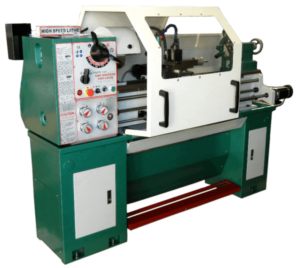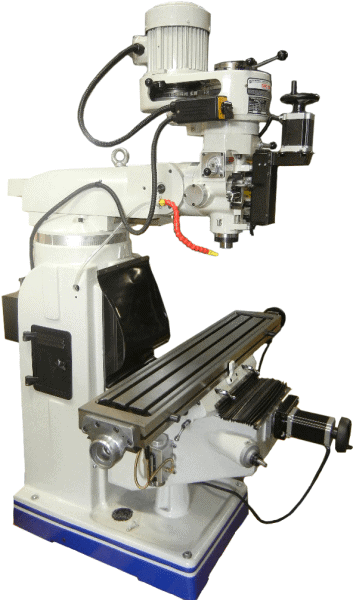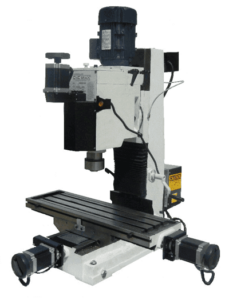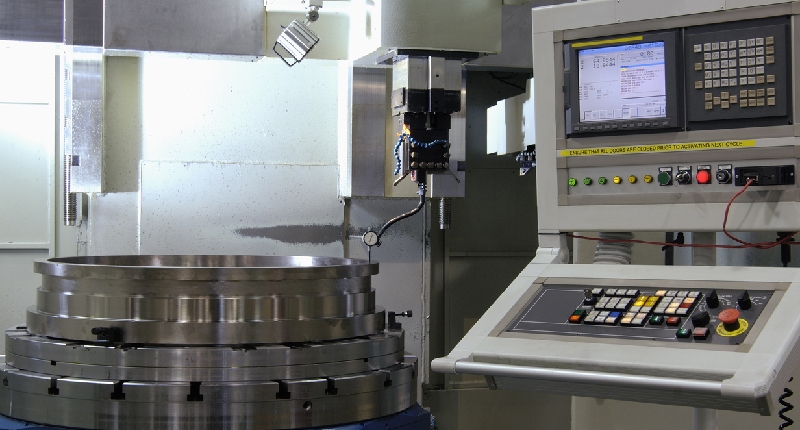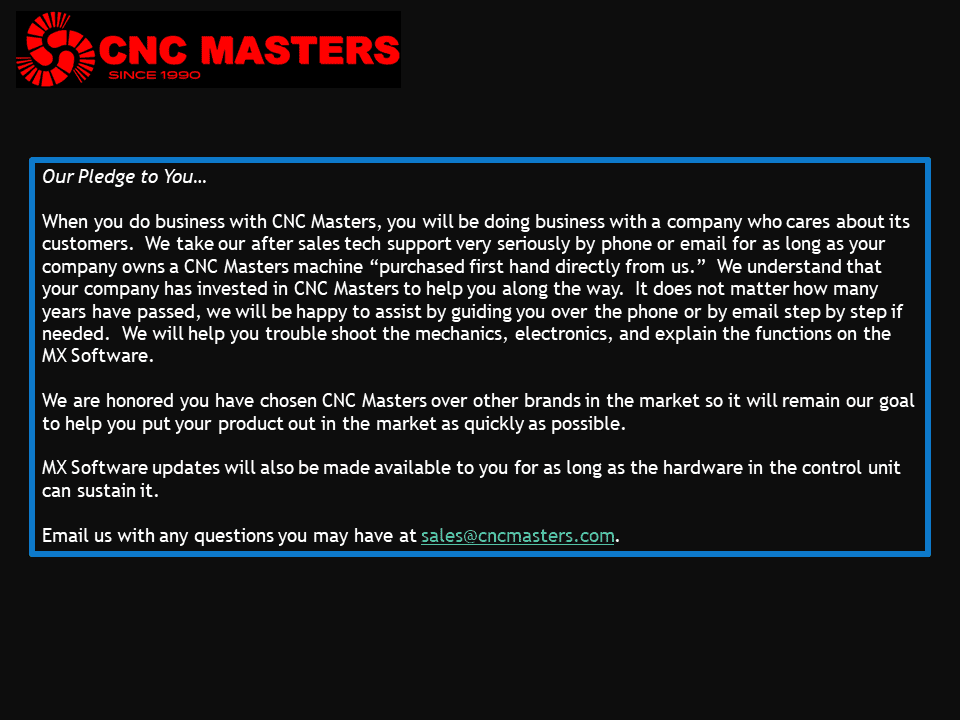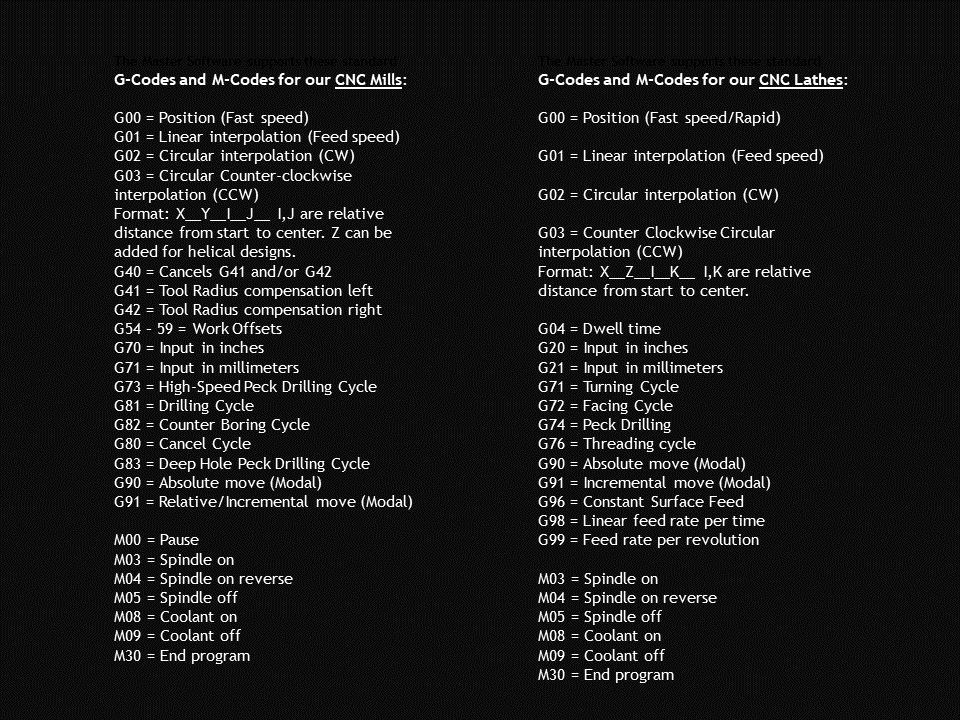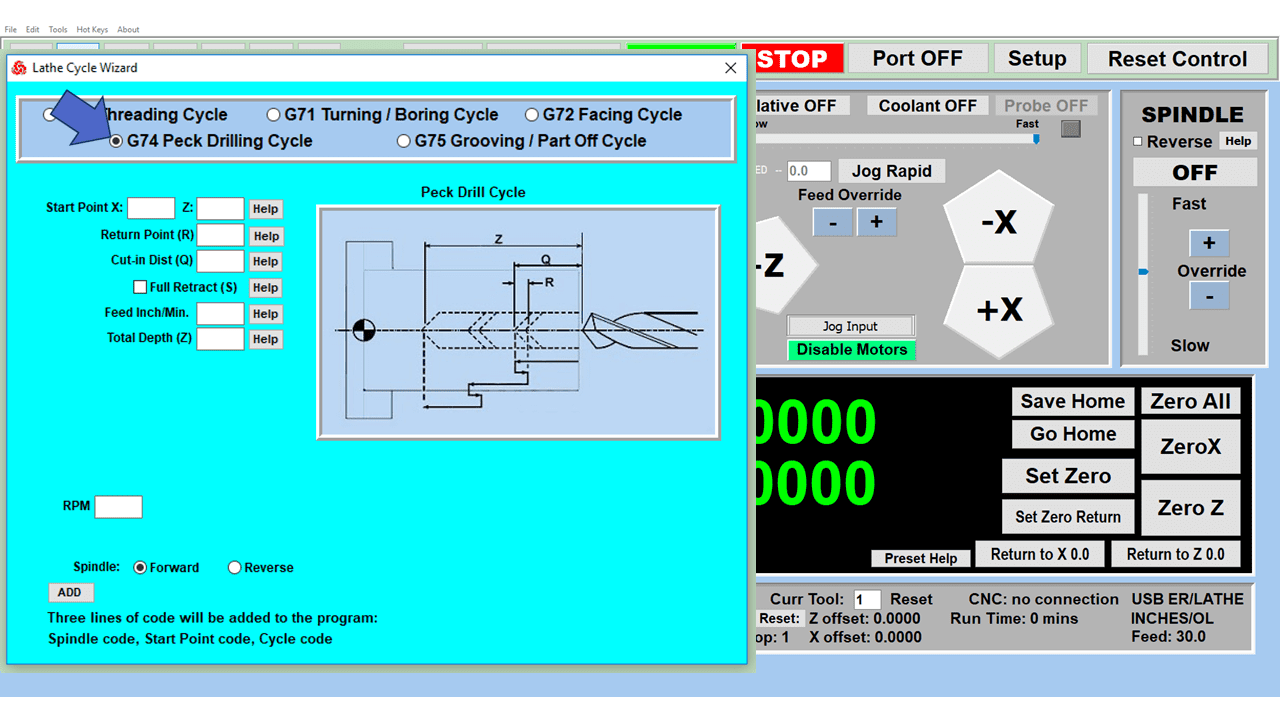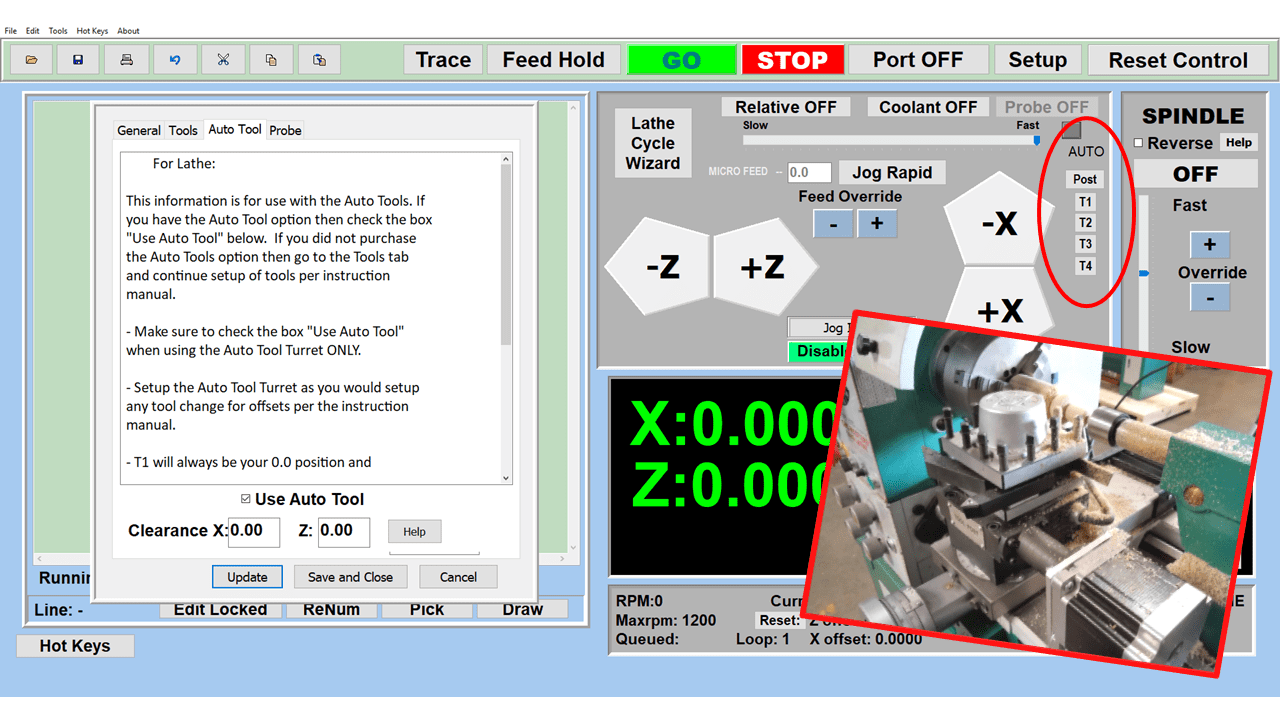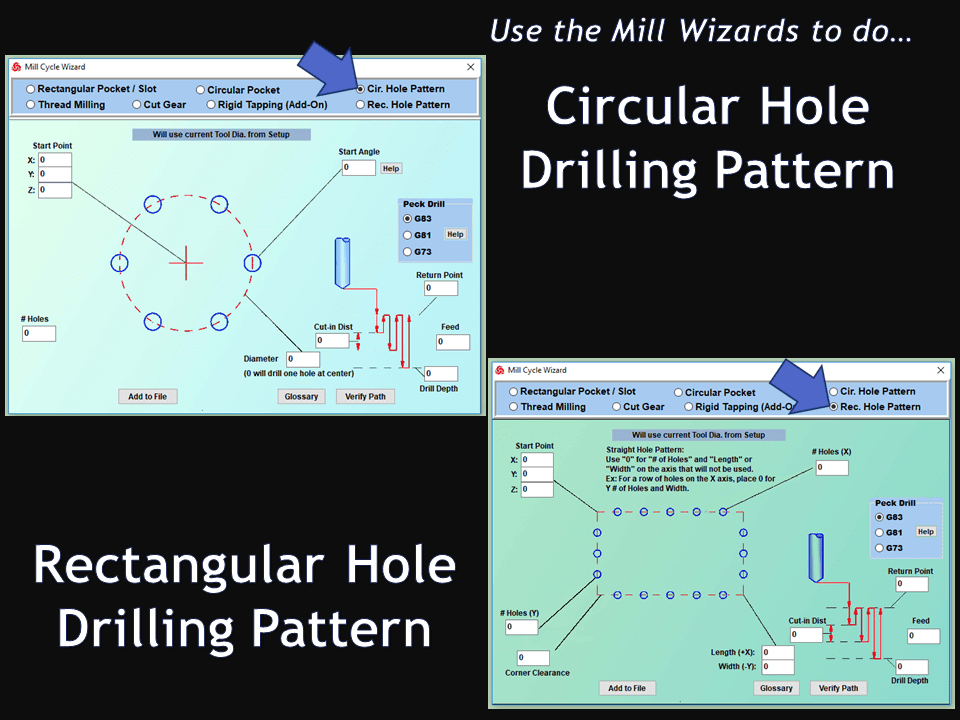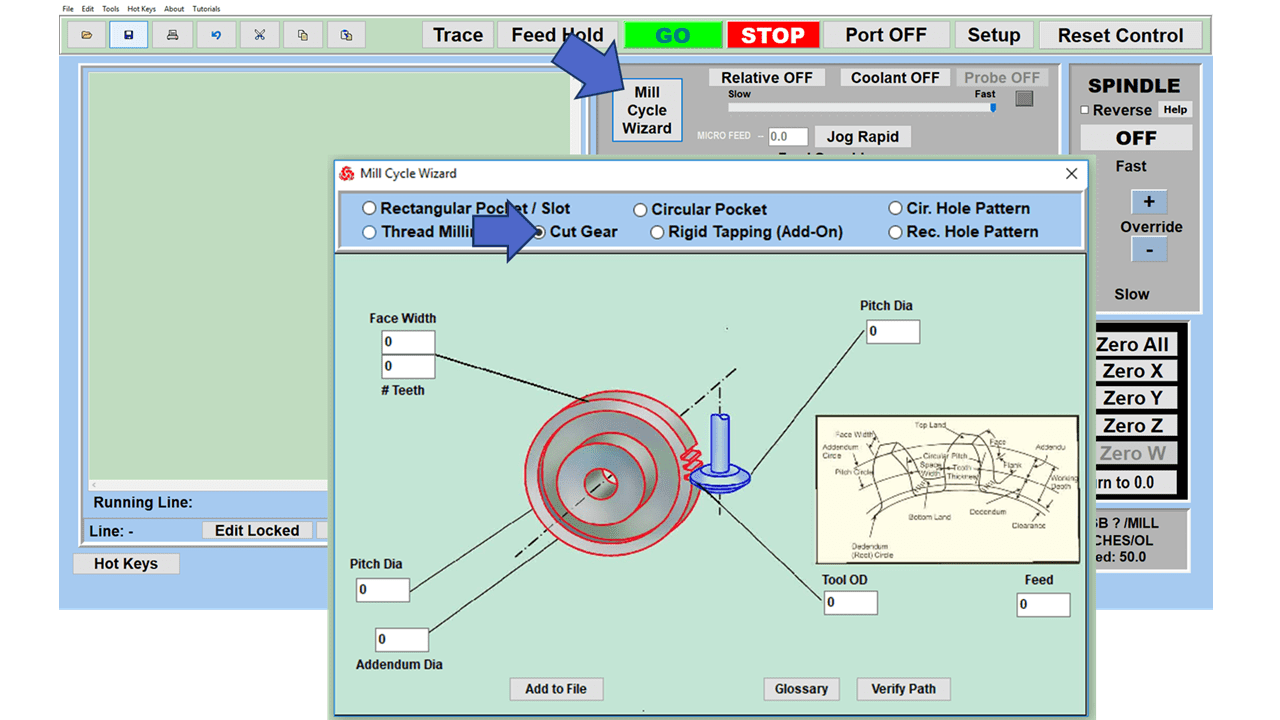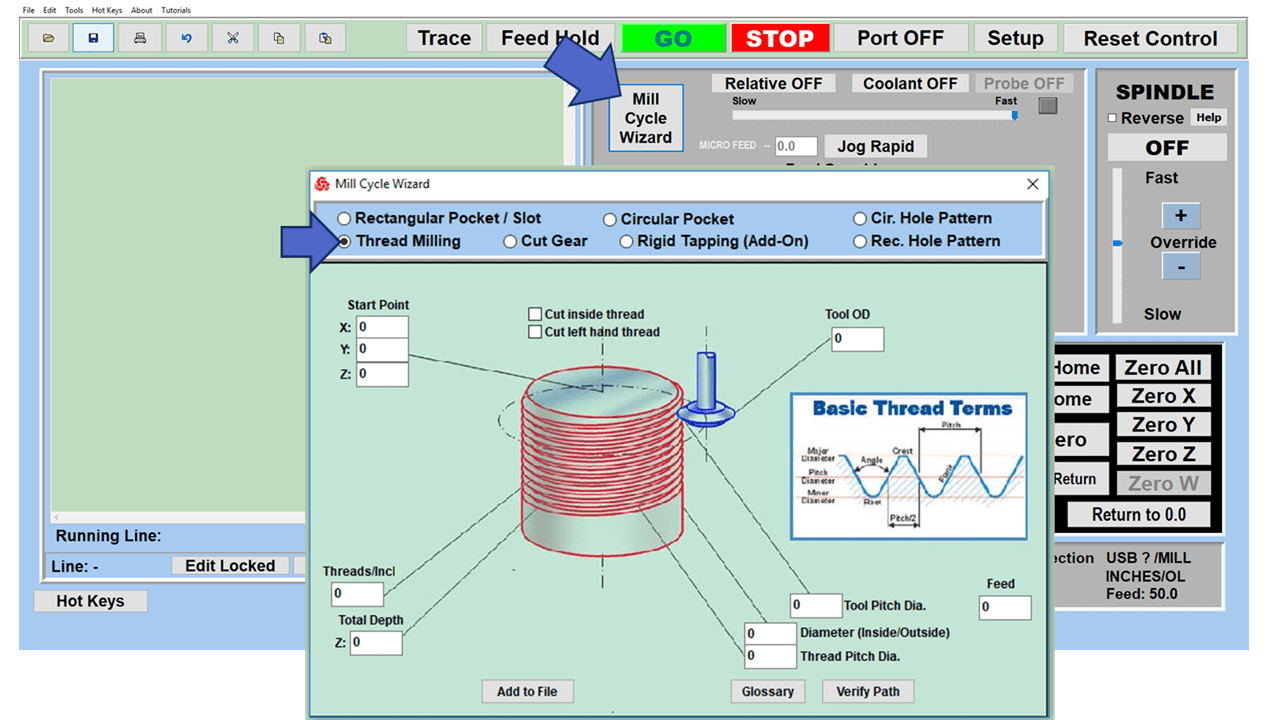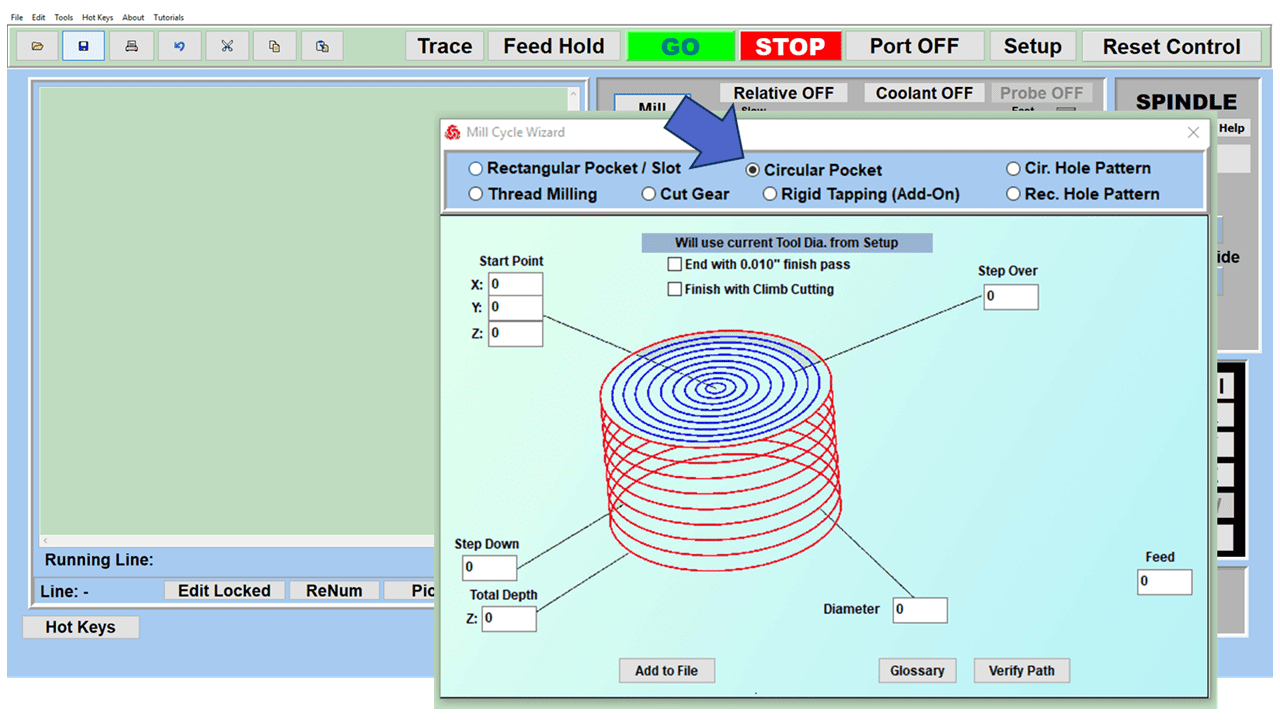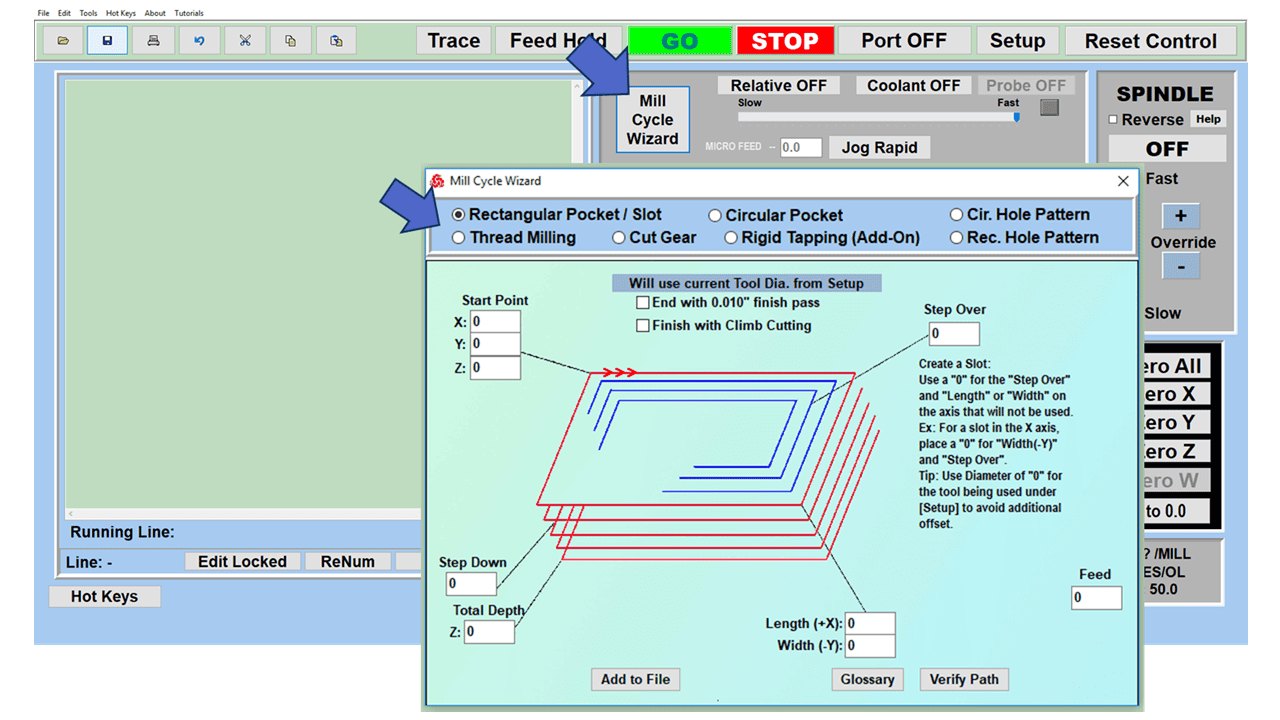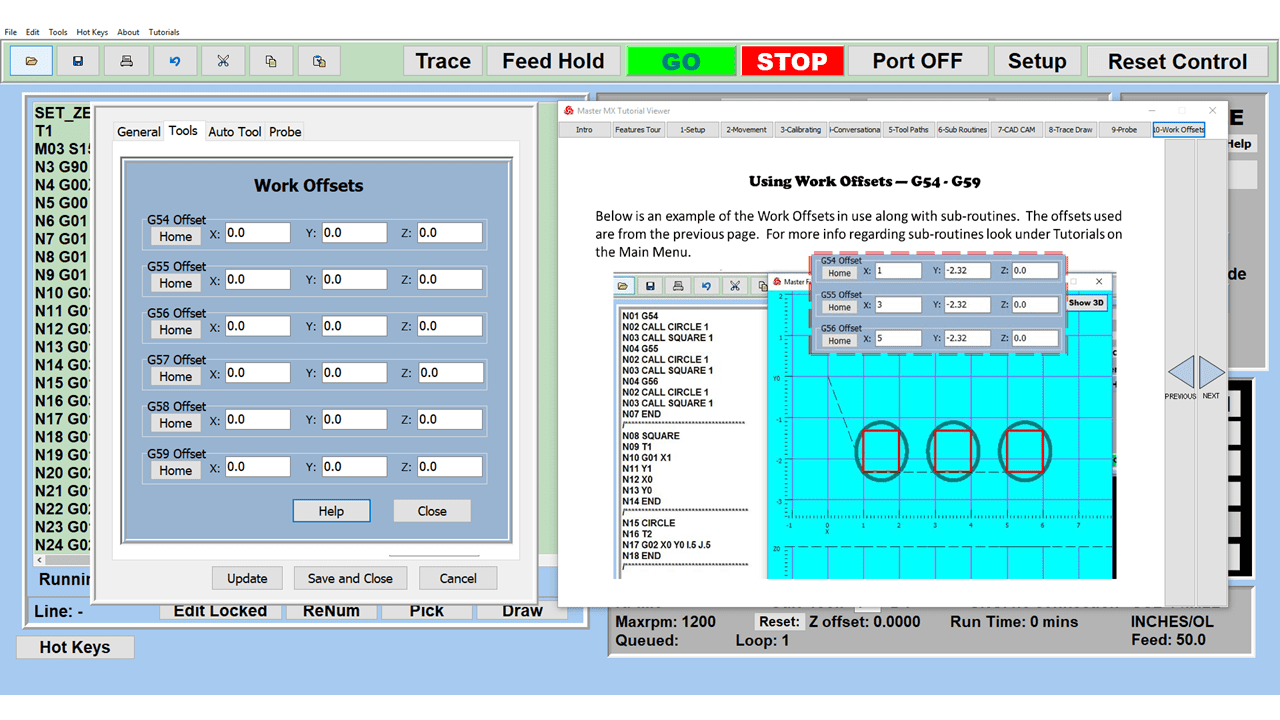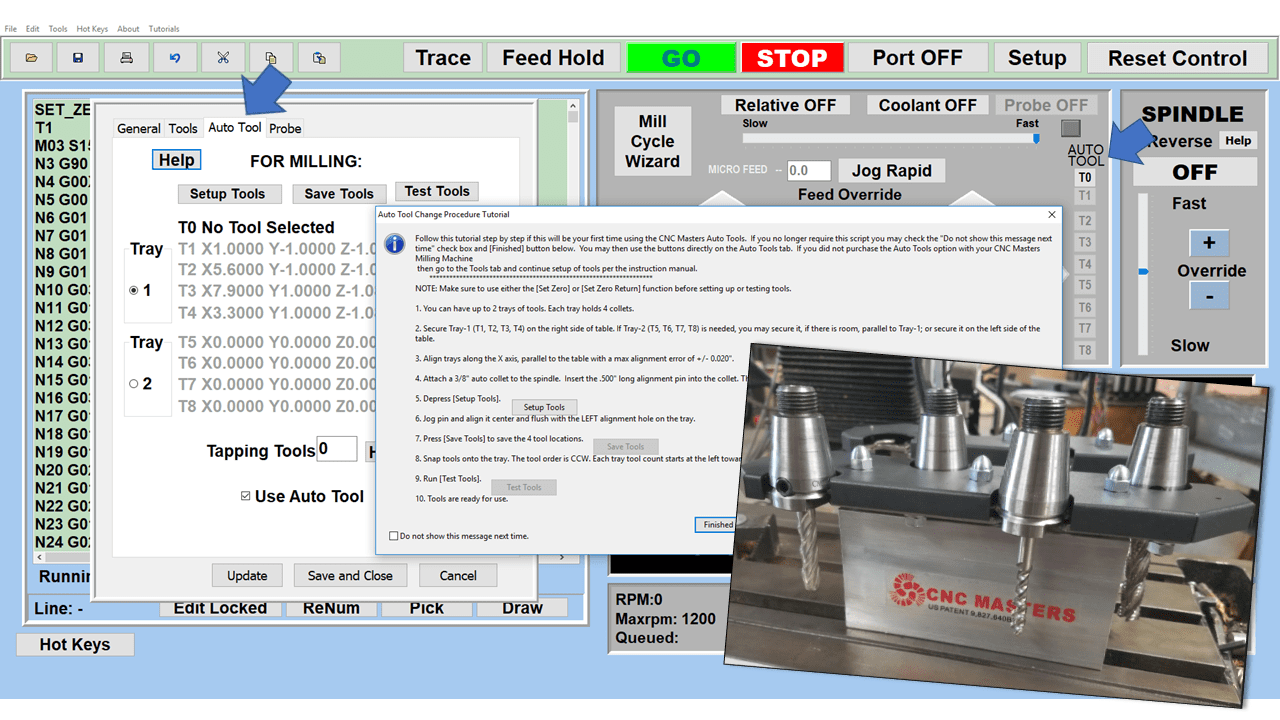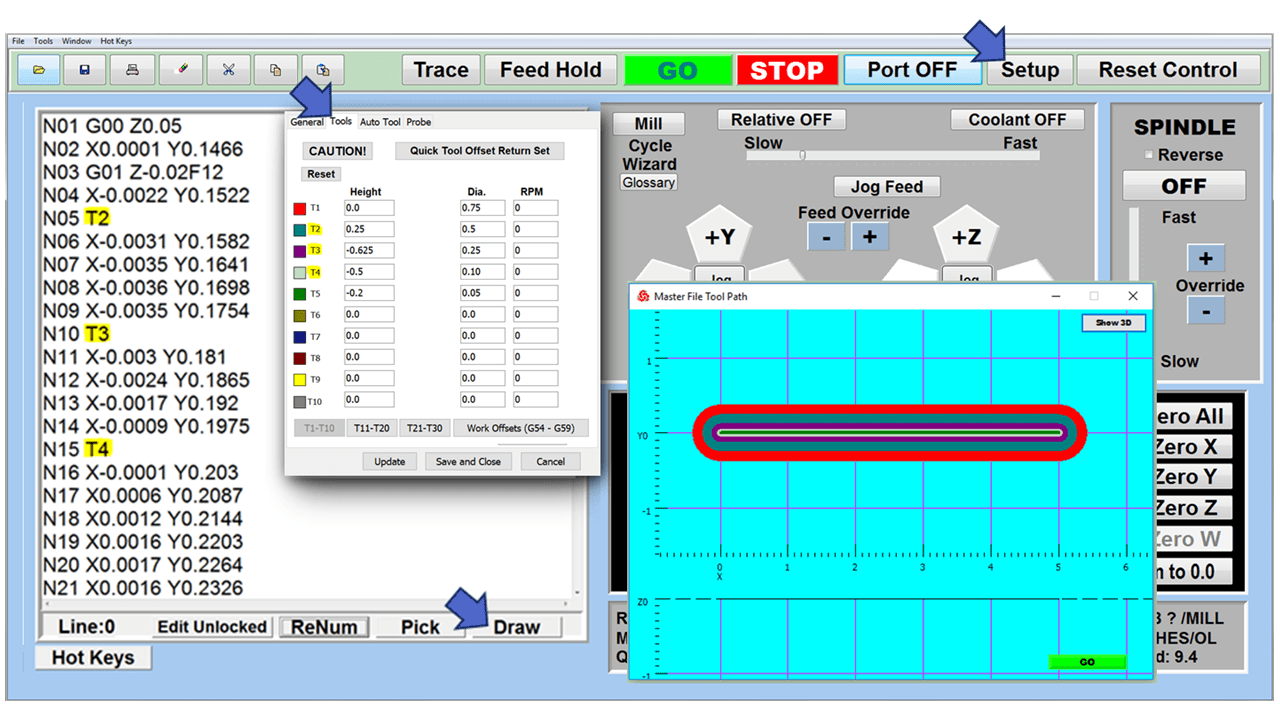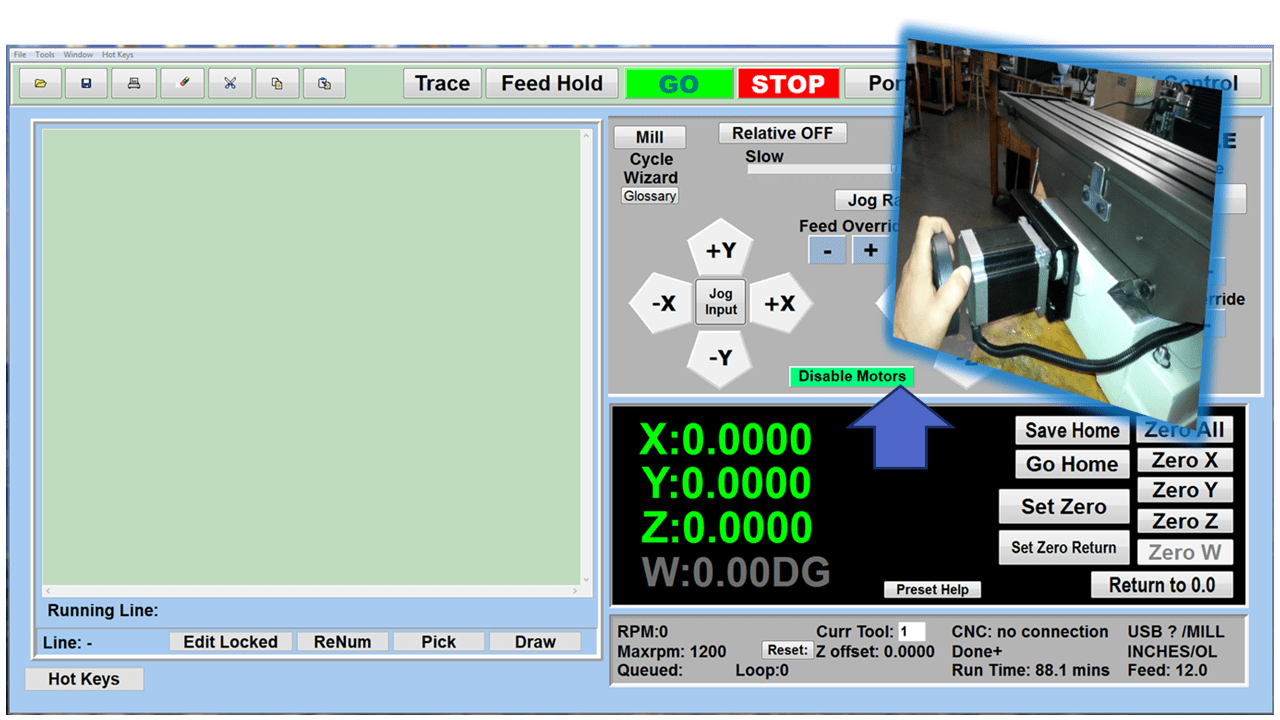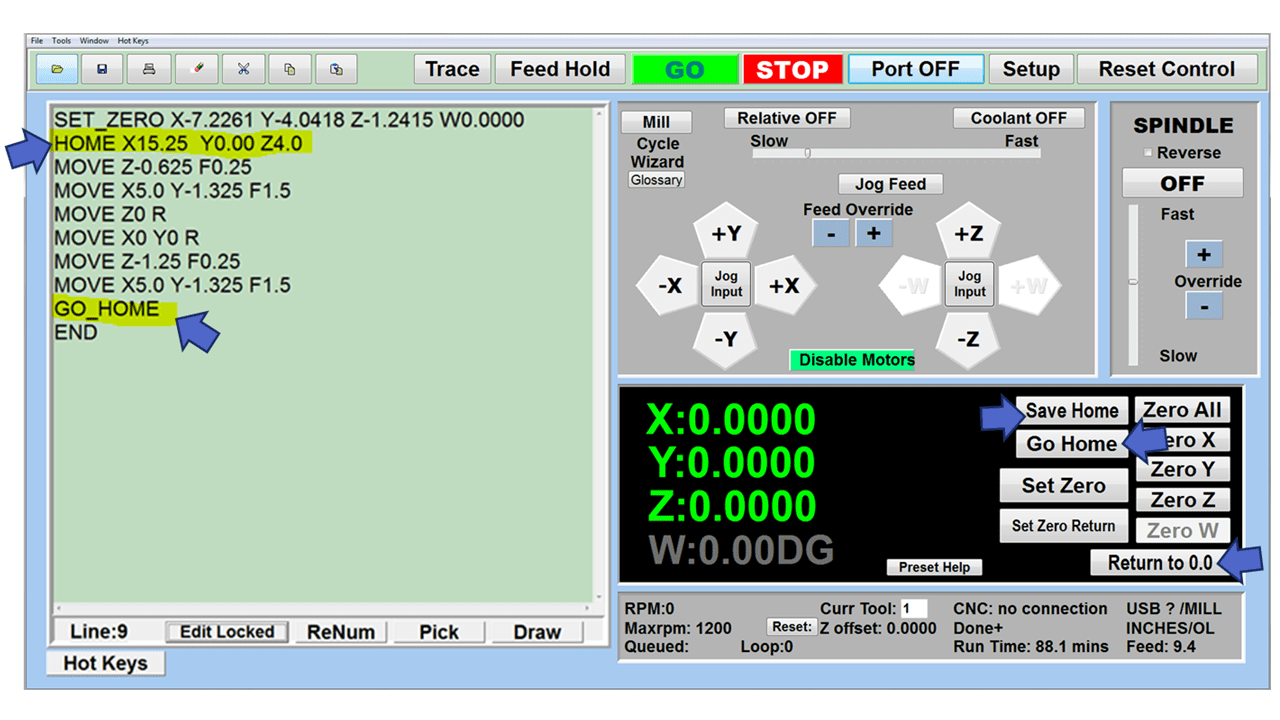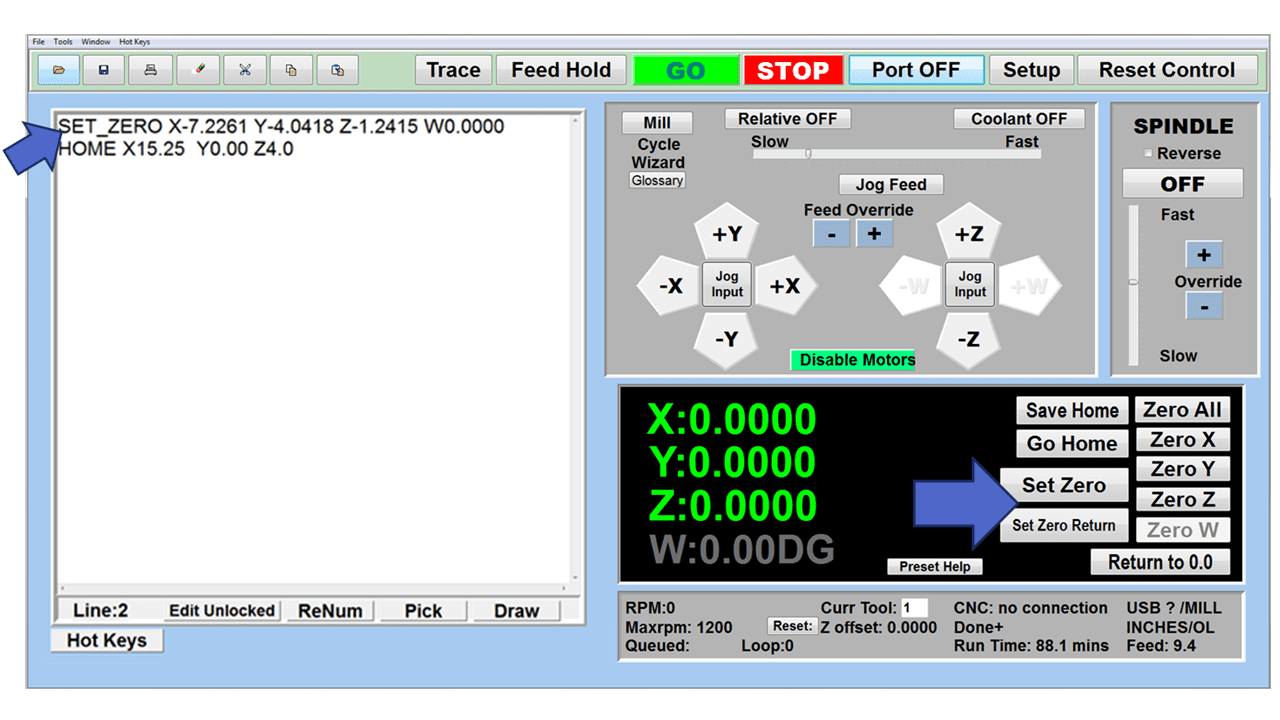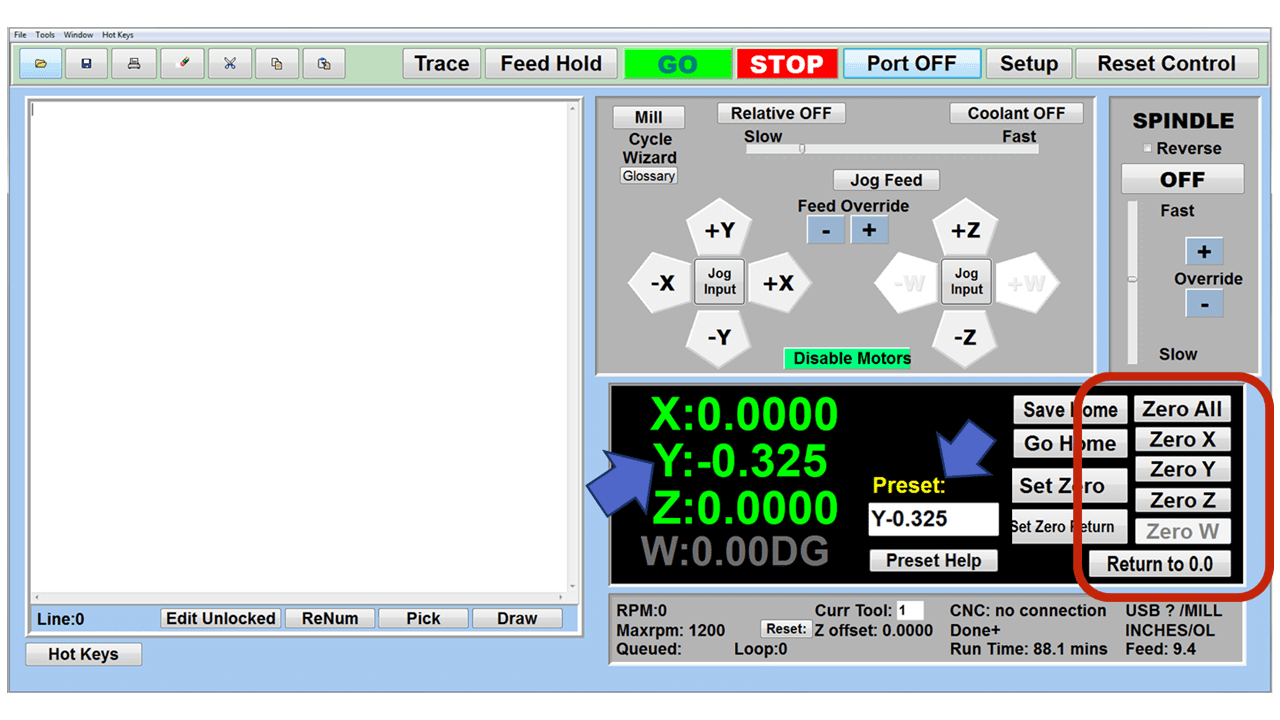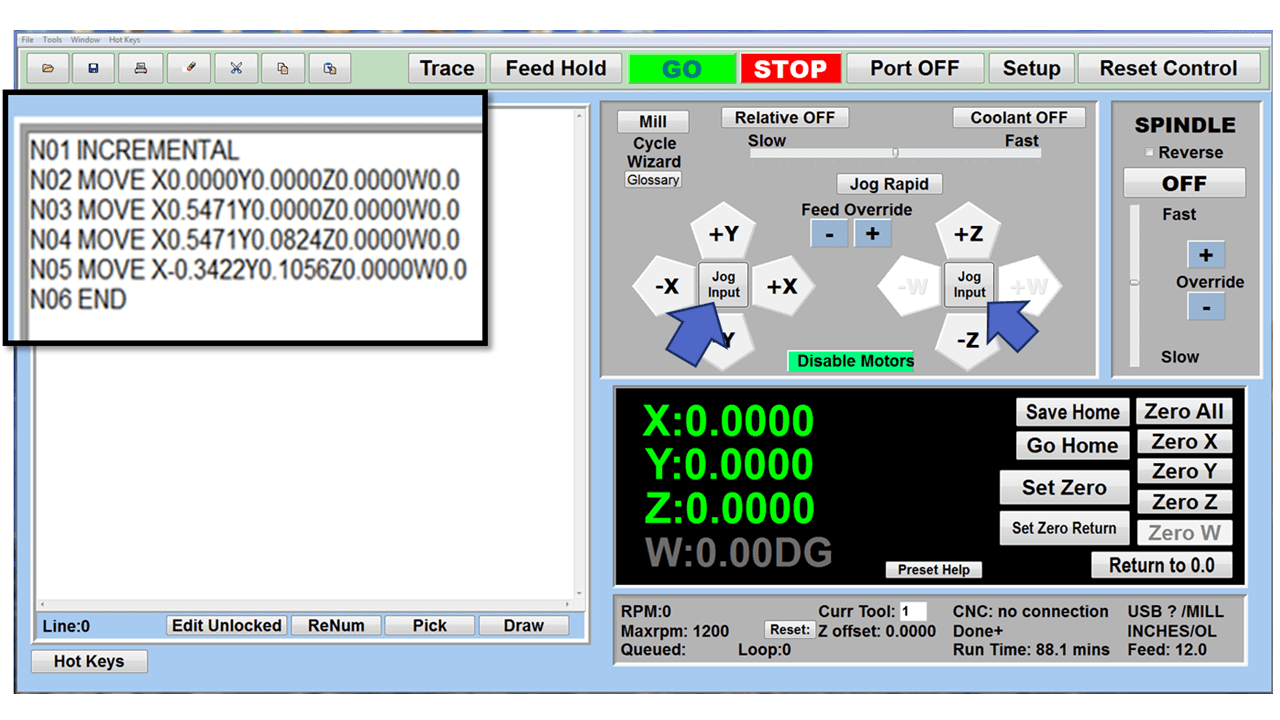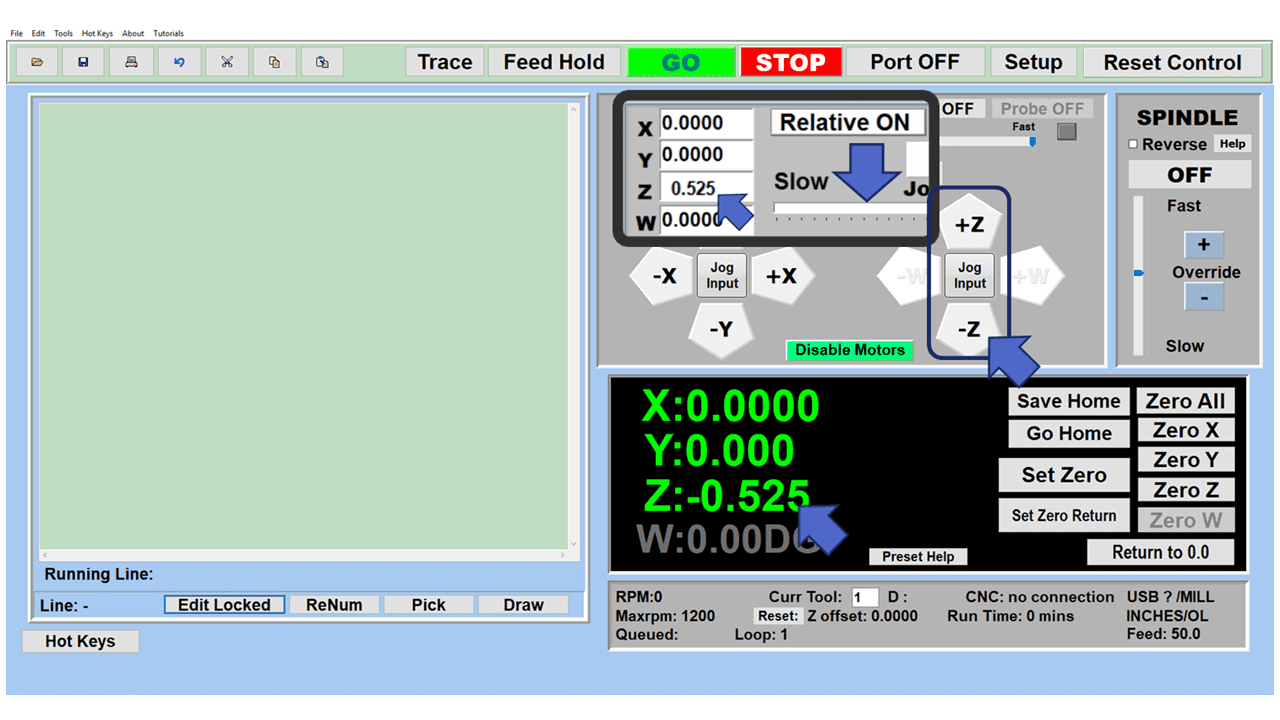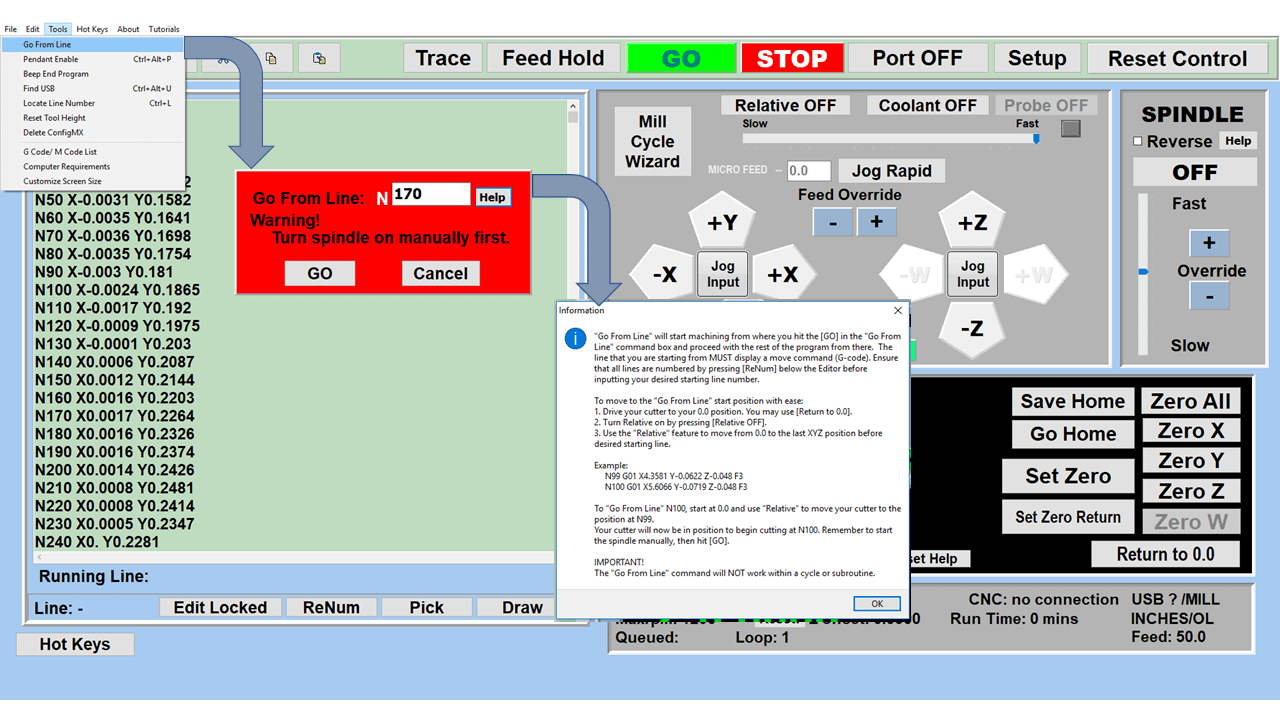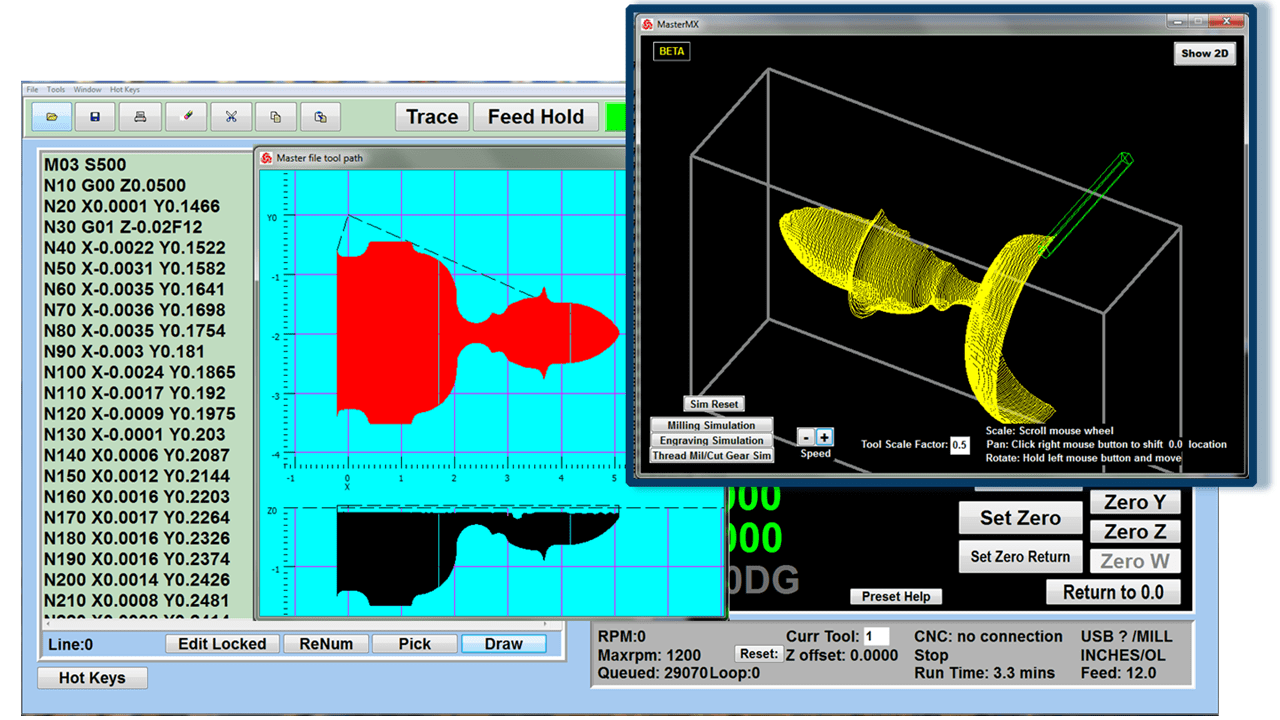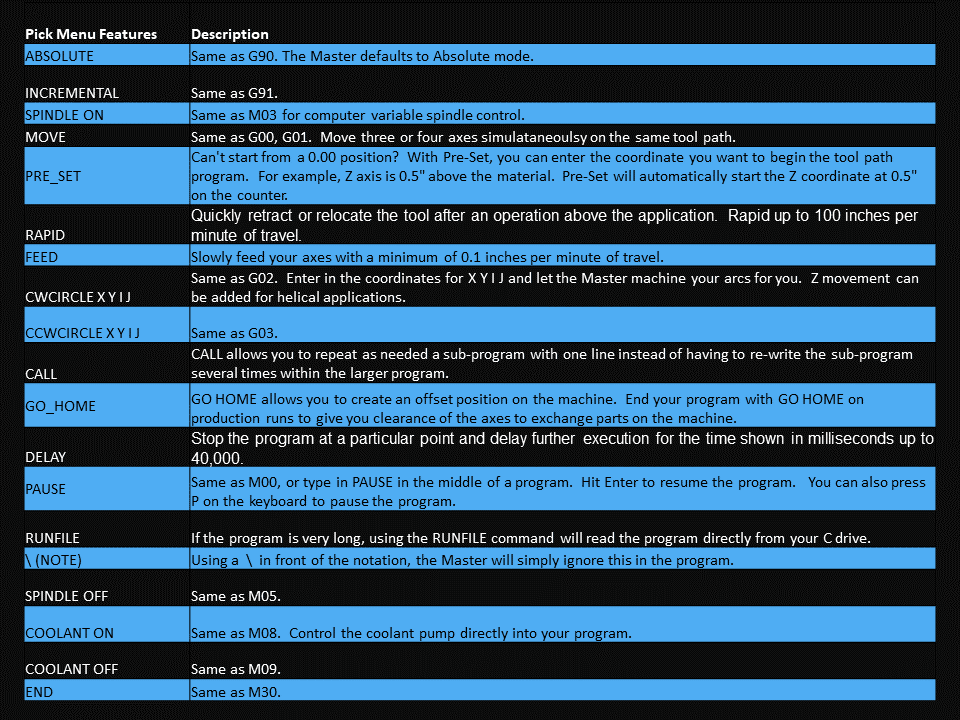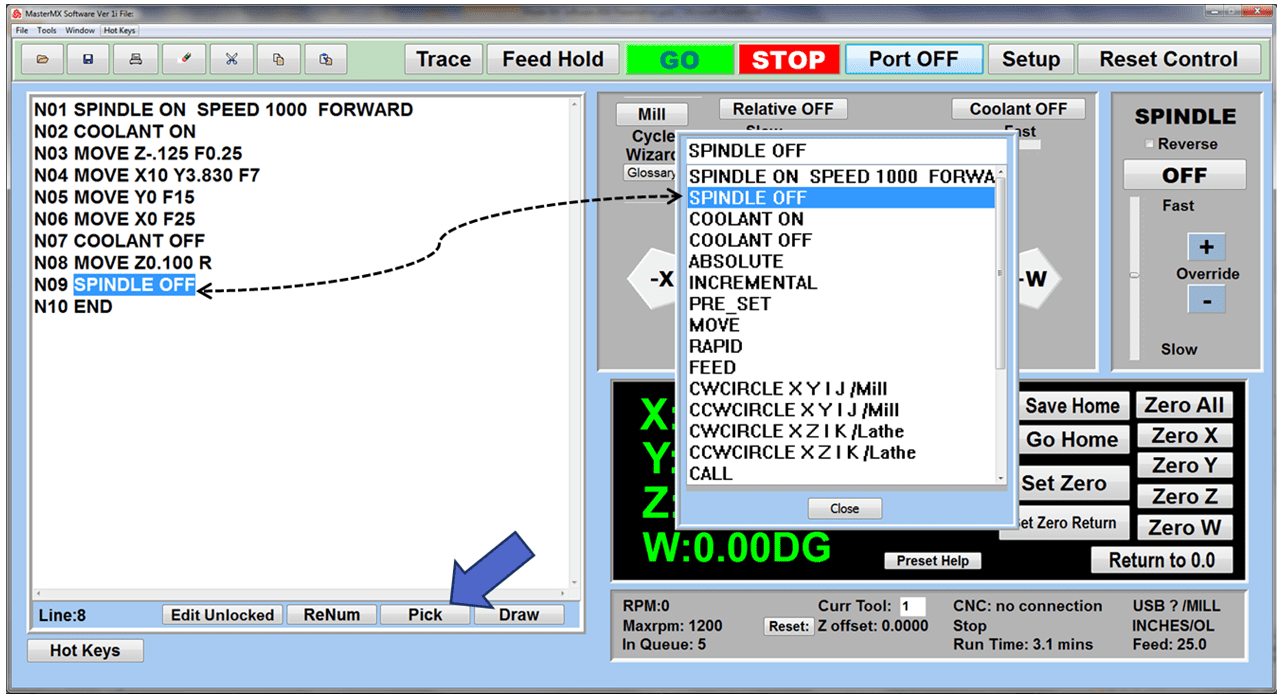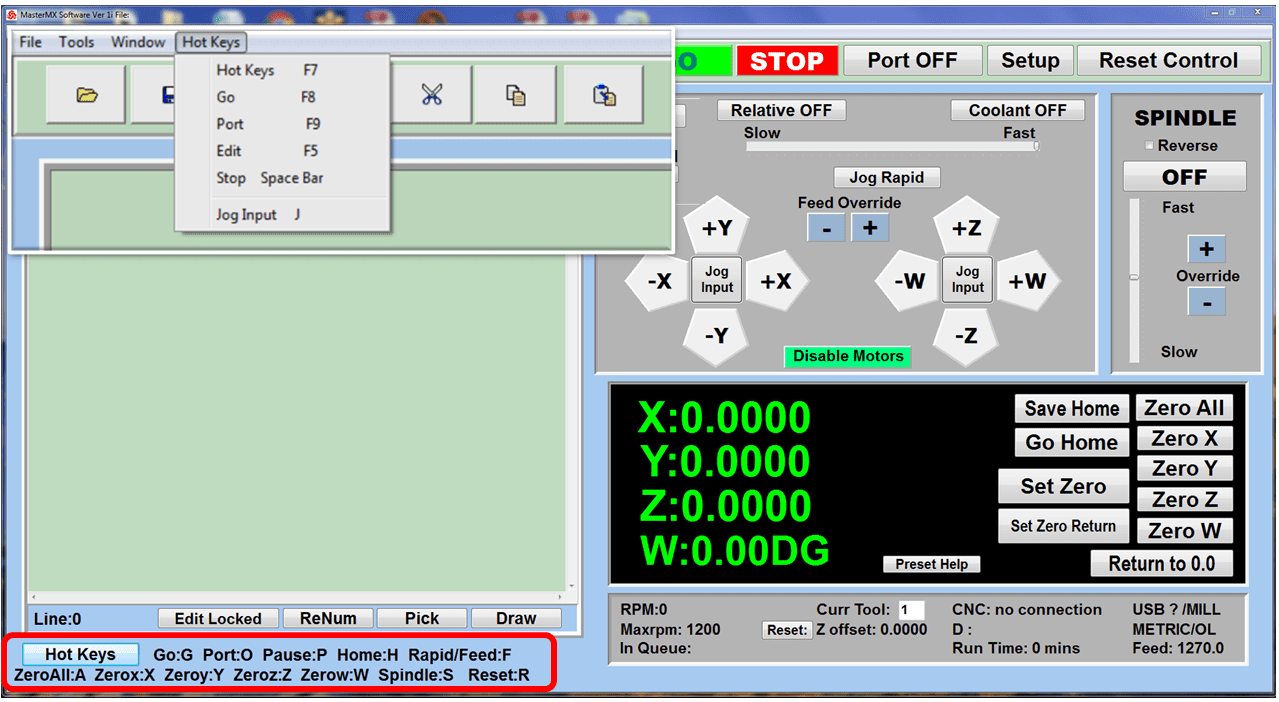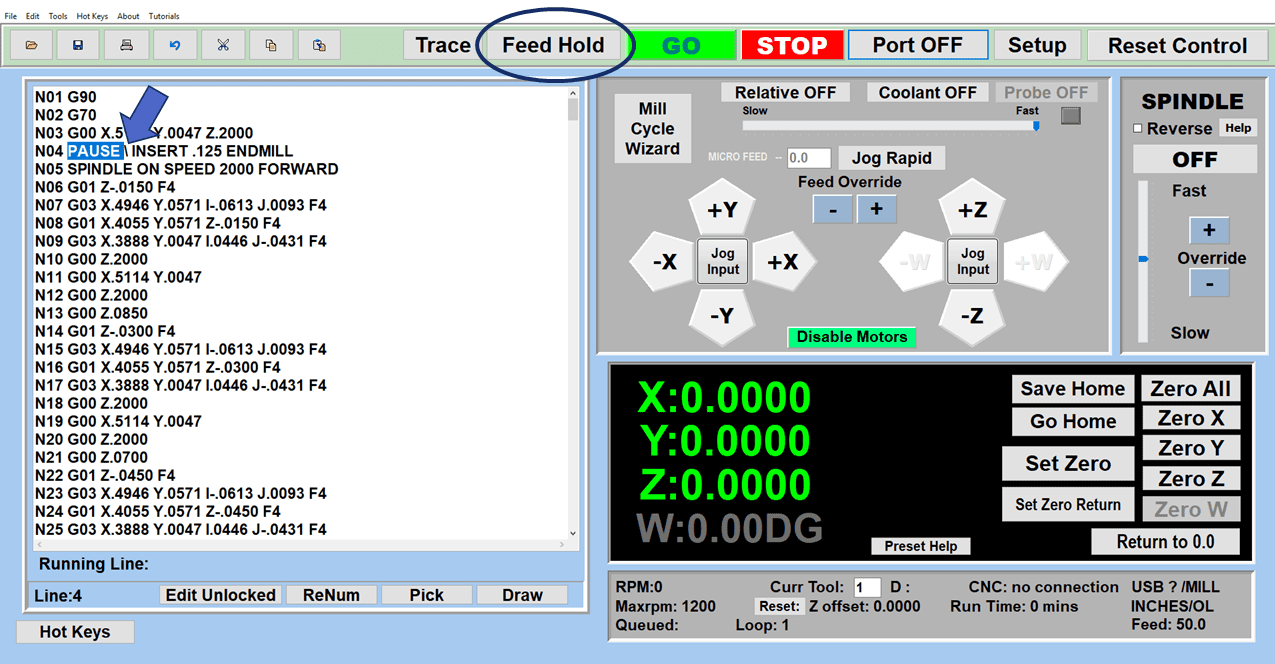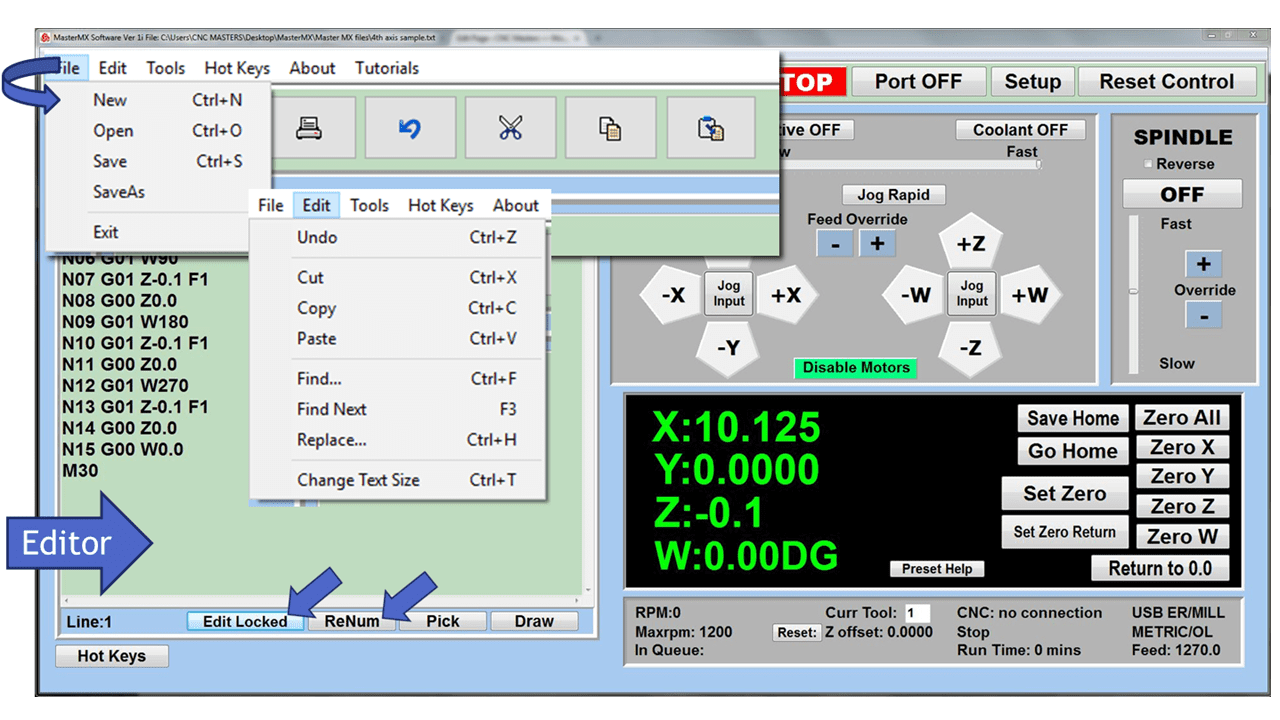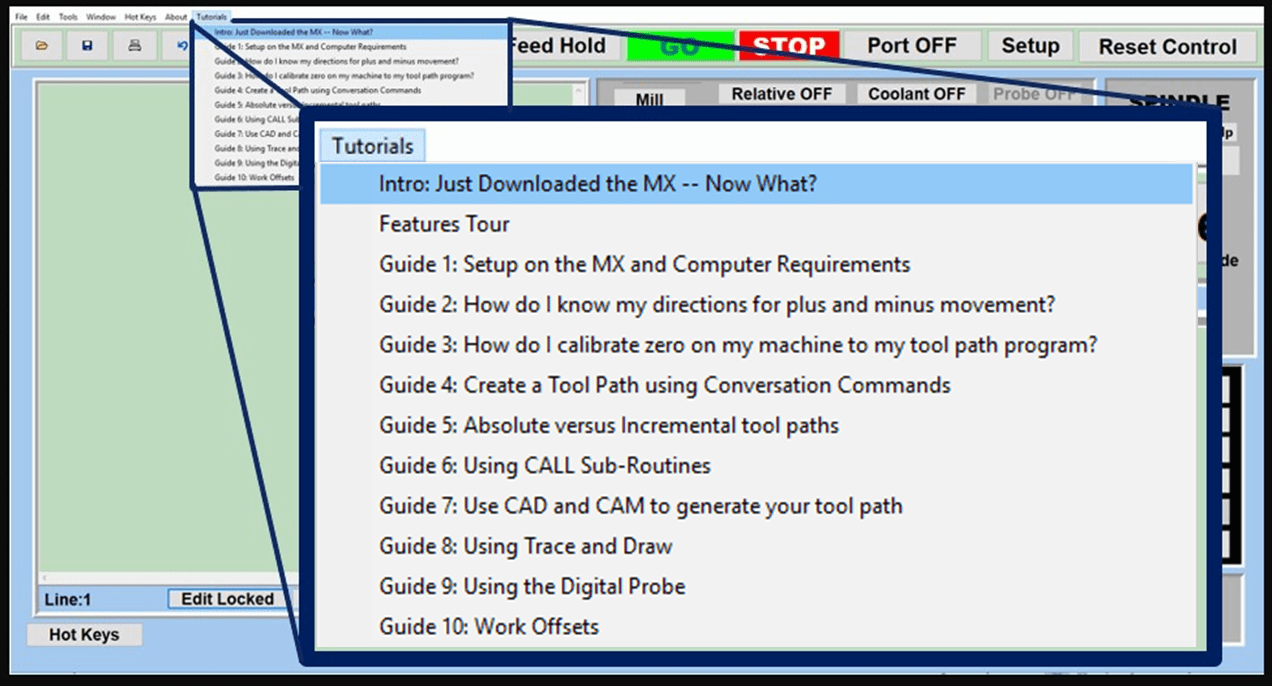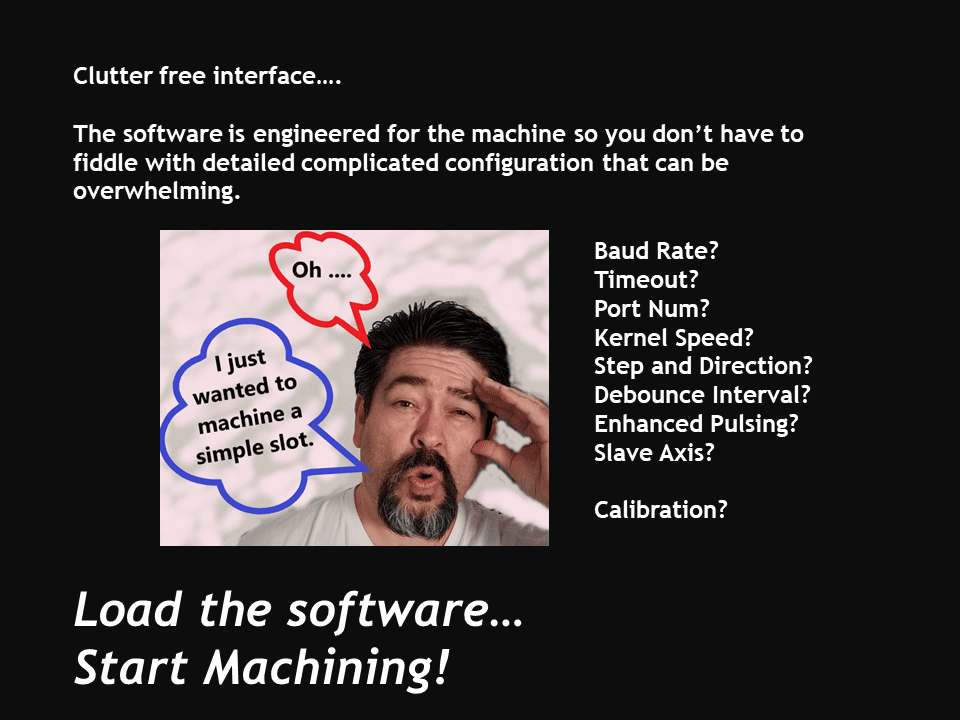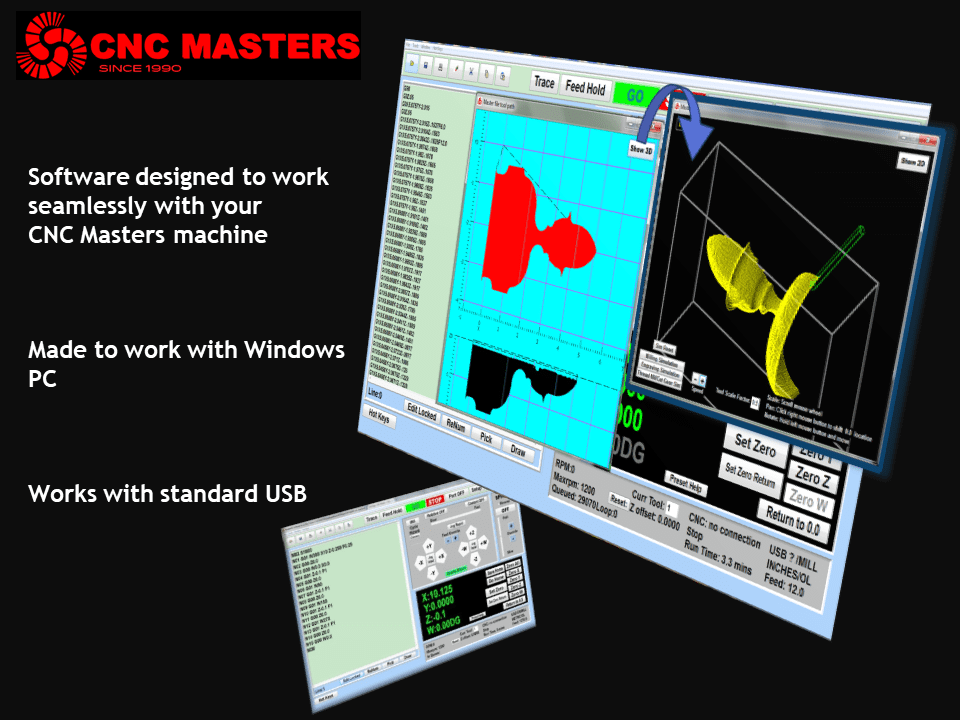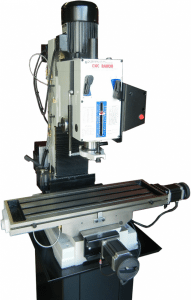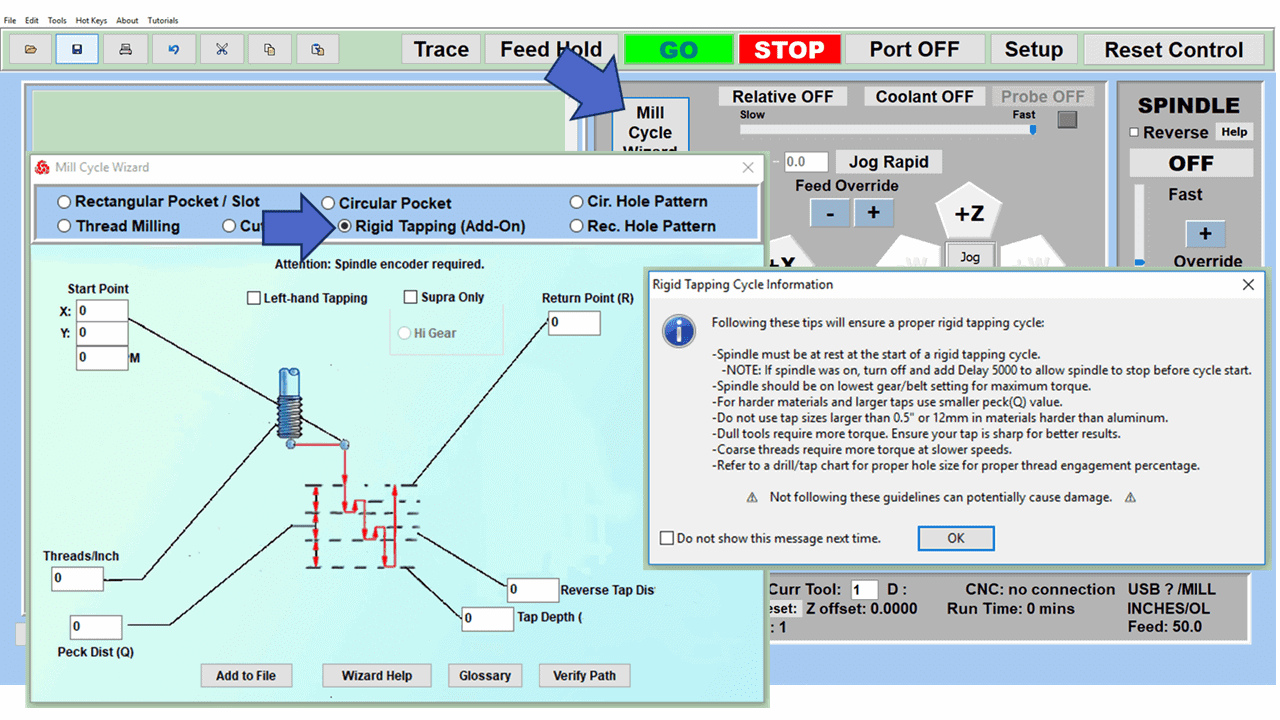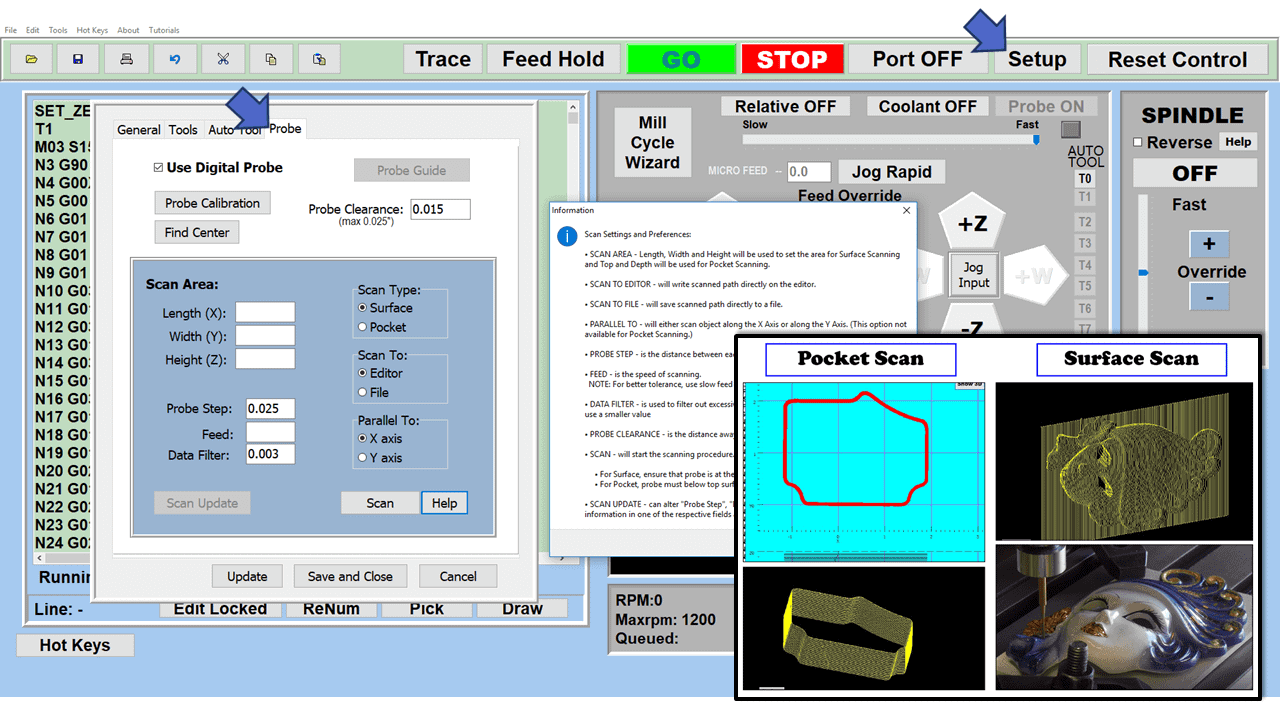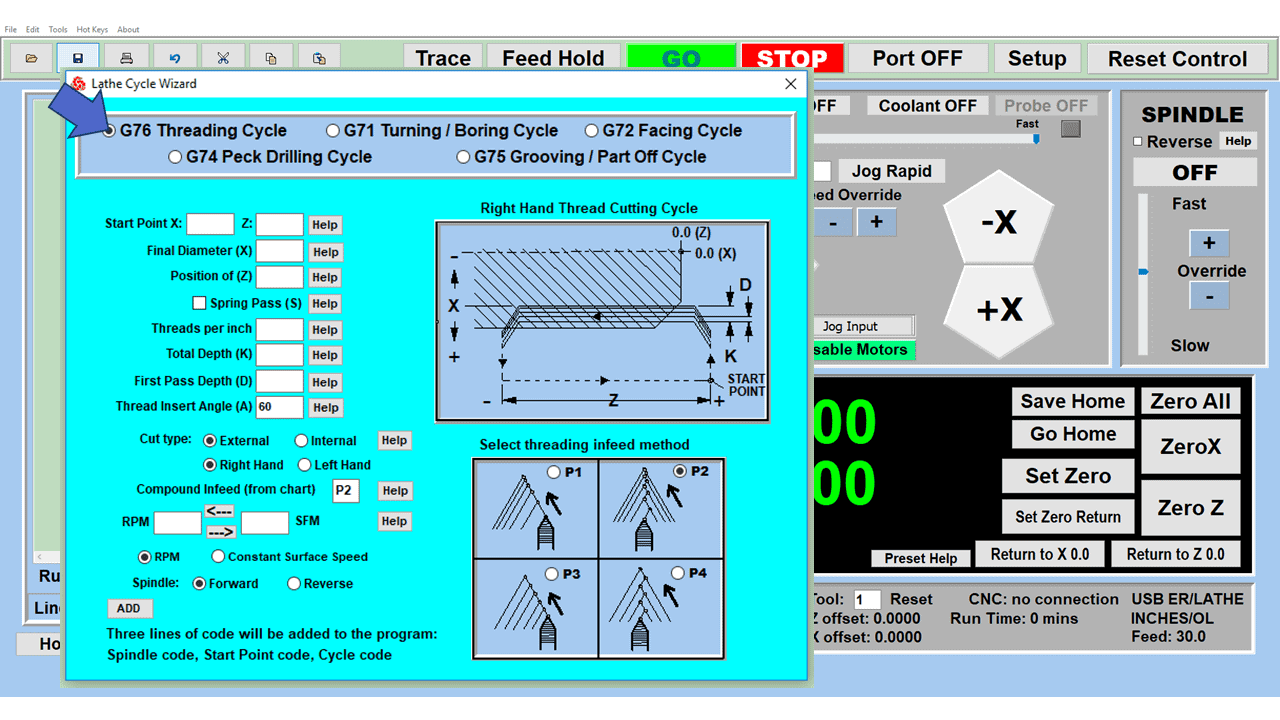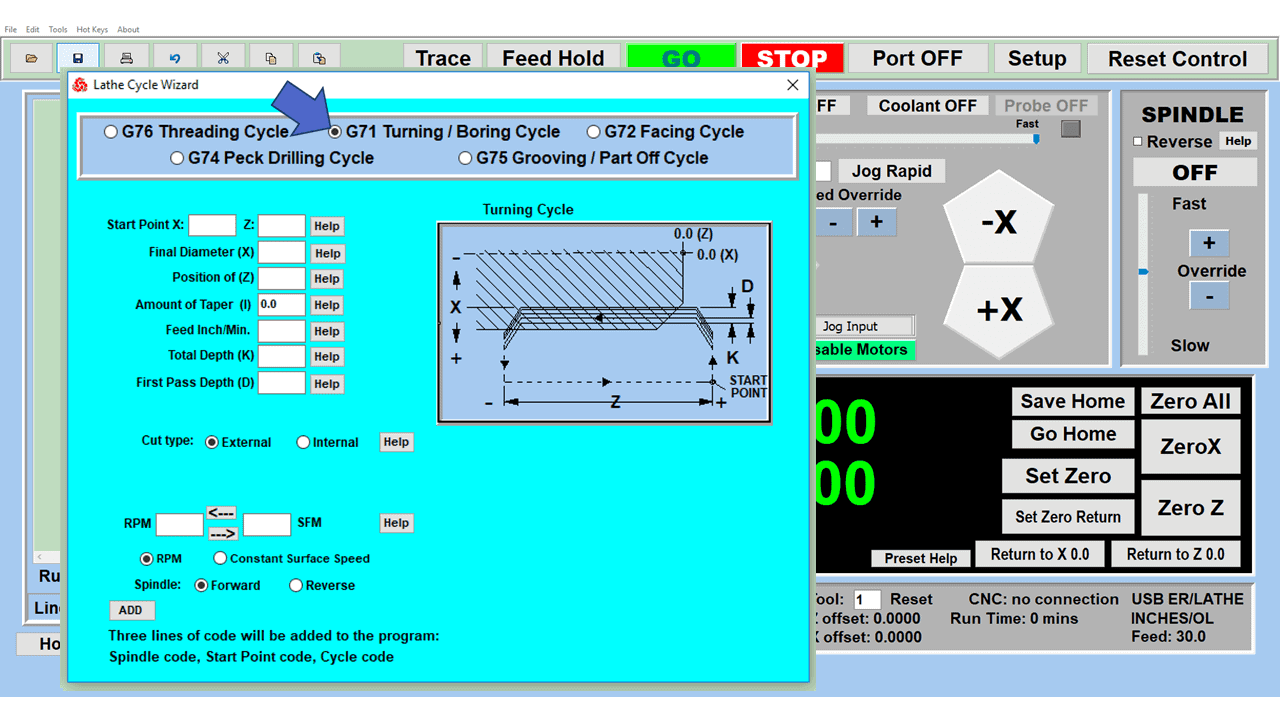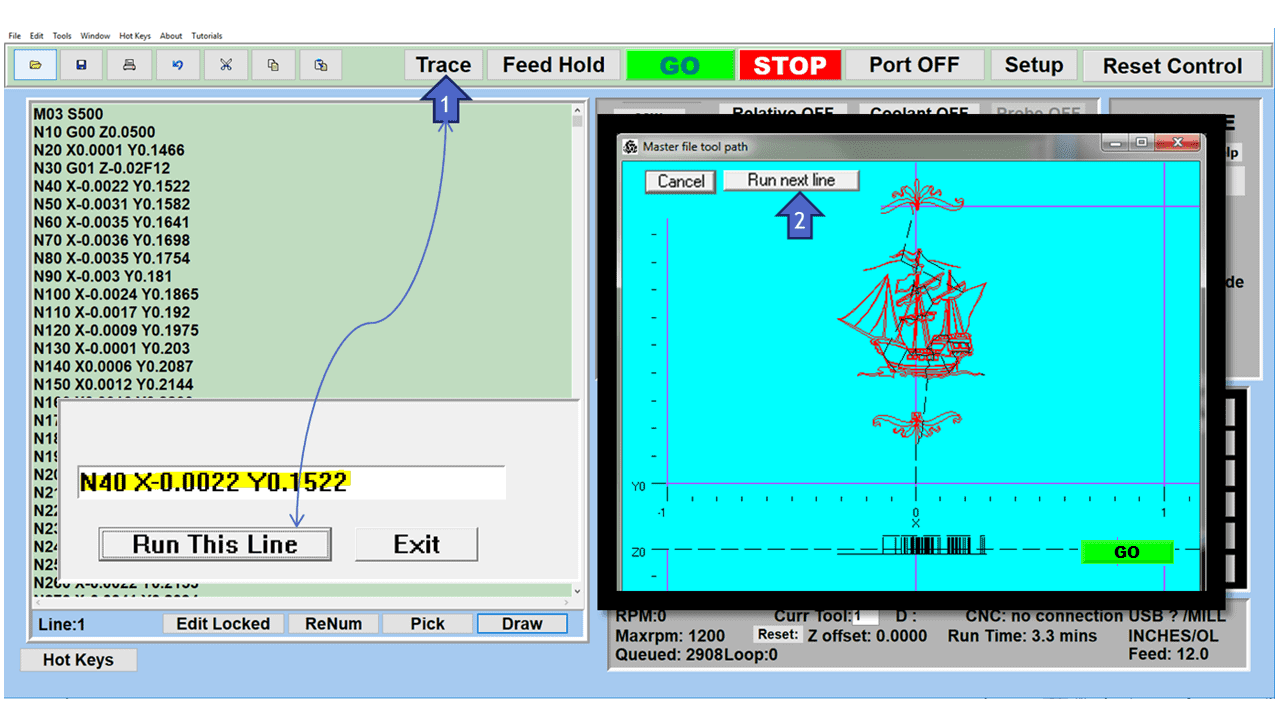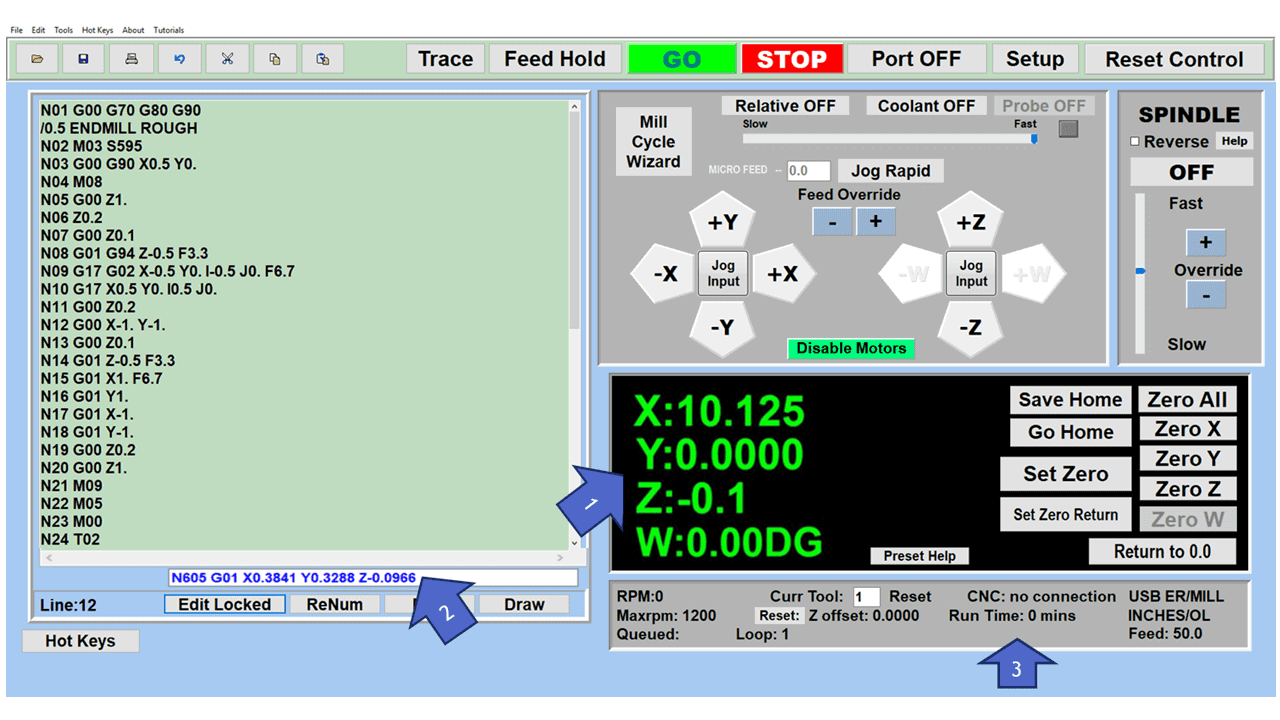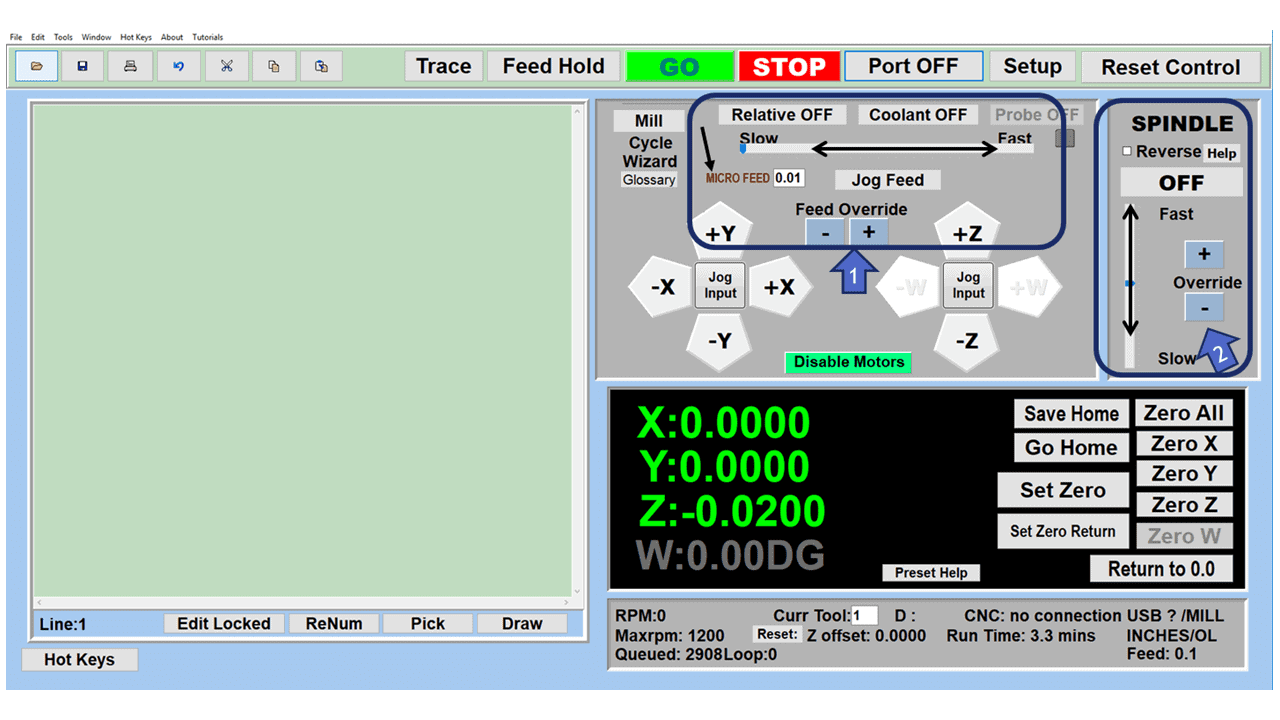Although you probably didn’t know it, you’ve been using closed-loop systems in your everyday activities for many years. For example, one of the most common closed-loop systems is in your refrigerator, and it springs into action every time you open its door, causing the interior temperature to rise.
As a result, your refrigerator’s motor and compressor automatically start up to compensate for the temperature change. More refrigerant courses through your unit, creating evaporation, which cools the inside until the setpoint temperature is obtained.
Appliances like air conditioners, electric irons, and ovens exemplify everyday closed-loop systems, as does the automobile’s adaptive cruise control and emissions systems.
What is the Closed-Loop Control System?
A closed-loop control system, also known as a feedback control system, uses the concept of an open-loop control system as its forward path but adds one or more feedback loops between its input signal and output signal. “Feedback” means that some portion of the output is fed back, or returned, to the input to form part of the system’s excitation.
Closed-loop systems are designed to automatically achieve and maintain the desired output of the system by comparing it with the actual condition. It does this by generating an error signal, the difference between the output and the reference input. In other words, a “closed-loop system” is a fully automatic control system whose control action depends on the output in some manner.
It’s worth noting that a control signal can produce either negative or positive feedback. Negative feedback occurs when some function of the mechanism is fed back in a way that tends to reduce the fluctuations in the output and promotes a settling to equilibrium. In contrast, positive feedback typically leads to instability in the form of chaotic behavior or oscillation.
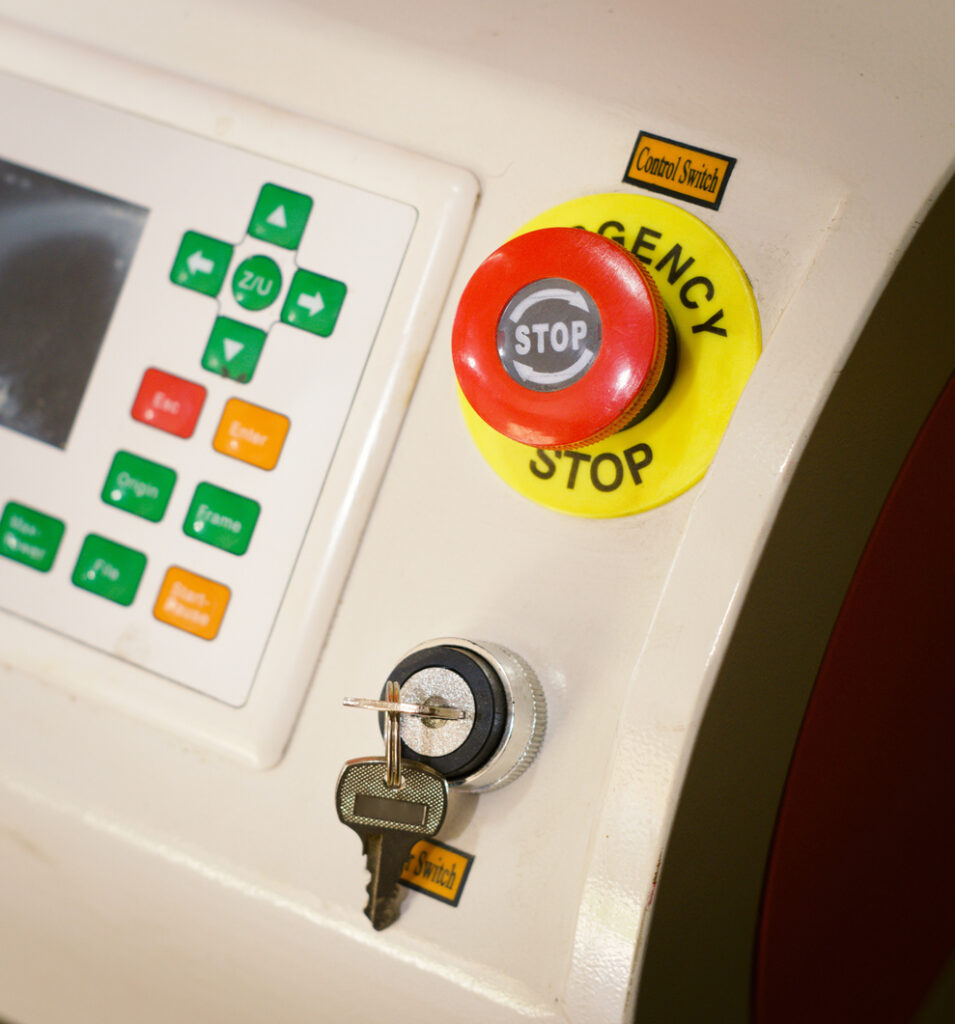 How Does the Closed Loop Type of Control System Work in Industrial Applications?
How Does the Closed Loop Type of Control System Work in Industrial Applications?
Looking at manufacturing automation, such as CNC machine tools with a closed-loop system design, the machine provides a feedback signal to the interfacing software, ensuring each axis has completed its movement accurately before sending the following tool path to the machine.
For example, CNC machinery is comprised of complex systems supporting lightning-fast moves. A programming error can result in a cutting tool ‘jamming’ into the workpiece, creating a backlash in one of the machine’s axes. Unaware of the backlash, the CNC machinist runs the following tool path, which begins with a 5.00” move along the X-axis. However, because of the “play” in that axis, the table travels only 4.98”.
If your machine does not have a closed-loop industrial control, there is no feedback from the machine to the software. If your machine has that backlash on the X-axis, the software will not know that the X-axis only travels 4.98”. Without this real-time feedback, the software feeds the rest of the program to the machine.
Conversely, with constant feedback from a closed-loop control system, the software drives the X-axis motor to keep moving until the feedback on the machine tells the software that the table has now physically reached its 5” mark regardless of the play. After the feedback confirms that the X-axis is at 5”, the software will feed the following tool path into the machine. That’s the beauty of a closed-loop system, constantly “double checking” that the axis drives to the exact coordinate on the tool path before it continues to the next line of the program.
Although the closed-loop control system offers process control acting as a “security blanket” to ensure that your part is machined accurately, that doesn’t necessarily mean open-loop options on a CNC milling machine or CNC lathe is inferior. Thousands of CNC machines have defaulted to open-loop systems since the 1990s.
The open loop CNC mill or lathe is a low-cost solution for manufacturers who understand proper maintenance and adjustment of the machine, taking conservative feed rates on their tool path programs, and treating their CNC machine tools with the respect they deserve. Taking these steps with an open loop system ensures accurate parts with a resolution of 0.0002” and within a repeatability of 0.0005”.
Manual Machining – Hand Cranking on Closed-Loop
CNC Masters milling machines and CNC lathes can disable the axis motors for hand-cranking each axis, using them as traditional manual milling machines or lathes. This flexibility offers the best of both worlds: “CNC mode” or “manual mode” with these machines.
And with the closed-loop option added to your CNC Masters mill or lathe, manual mode means machinists have the added benefit of DRO (Digital Readout); the counters on the software screen will “display in sync” with the hand cranking of each axis. In addition, users can go back and forth from CNC mode to manual mode while retaining counter control through the CNC Masters software screen.
Our CNC machines are competitively priced and easy to learn and operate. They can run full-time throughout the week to meet your production needs, and now, with the option of adding the closed-loop system to your CNC mill or lathe, you will have an optimization of your industrial processes with a CNC Masters machine on your shop floor!
The CNC Masters Closed-Loop Option is Based on Mounted Scales Instead of Encoders at the Axis Motors
The benefit of our closed-loop option over other CNC machine manufacturers manifests in how they count the revolutions of the axis motor shaft. On such systems, if there is a backlash on an axis, the encoder at the motor will not pick up this physical error of the saddle or table’s movement.
With a CNC Masters closed-loop option, the MX scales are mounted on the machine and plugged directly into the machine’s control unit, meaning accurate controller output from the virtual table, saddle, or carriage positions on the mill or lathe.
CNC Masters MX scales are designed to work directly with the MX controller and MX software under real-world conditions, giving shops the security they need to machine their parts, with the added extra benefit of manually machining a simple piece on their CNC Masters milling machine or CNC lathe.
Please note that this option is not available on all CNC Masters machines. Be sure to check with us first if you are thinking of buying a CNC Masters machine that defaulted on open-loop but considering a purchase of a closed-loop kit at a later time. This option will only work with the MX control unit and MX software. If you purchase this as a kit to install yourself on your CNC Masters machine, please note that we will need your MX control unit returned to us so we upgrade the controller with the closed loop option. This option will not work with the older XU control unit on CNC machines.
The CNC Masters MX Scales
These scales are glass grating slideways that are lapped and come with JIS standard P5 grade ball bearings to achieve smooth and accurate movement and long working life. The scales come built with plastic seals that resist deterioration from oil and have high elastic recovery properties and durability that offer low slide resistance for CNC or manual mode jogging of each axis. The scales are designed to work with and plug into the CNC Masters MX Control Unit and Master MX Software.
Final Thoughts on Closed Loop Systems
Closed-loop control systems have several advantages over open-loop controllers. They can:
- stabilize unstable processes
- reliable and accurate by using feedback as input data.
- continuous improvement streamlines the manufacturing process, saving time, operation costs, and raw materials
- feedback systems monitor the output of the motors
- able to make adjustments in position, set speed, and acceleration
- PID controllers (proportional integral derivative) correct errors between a measured variable and a desired set point on some systems by using algorithms
For all their benefits, closed-loop systems can be costlier, more complicated, and have more parts that can fail, increasing maintenance expenses.

